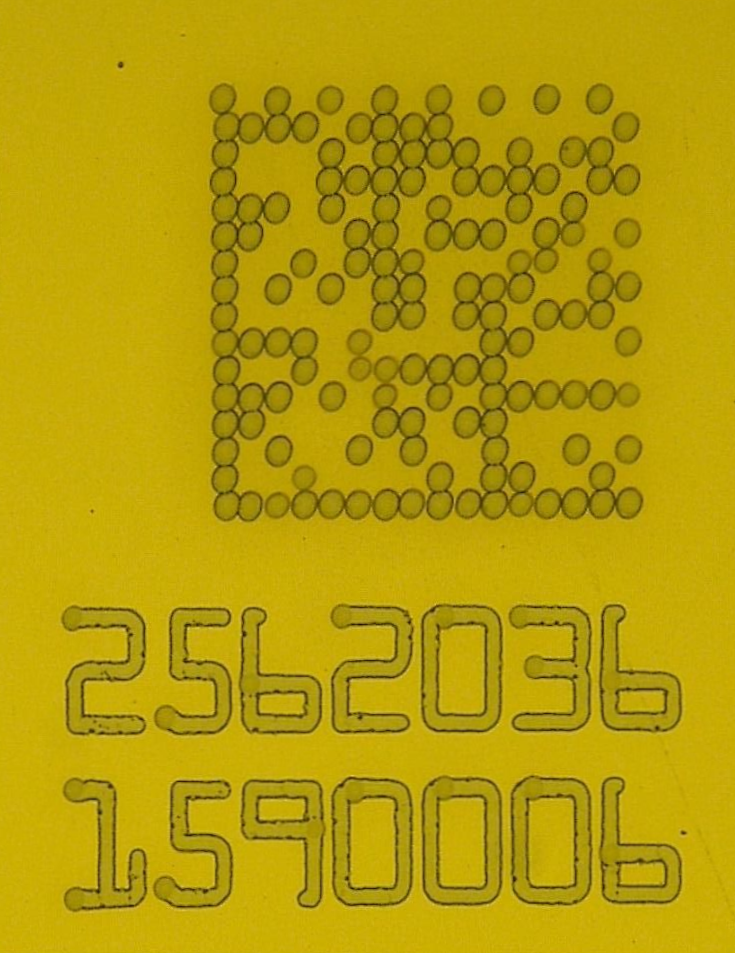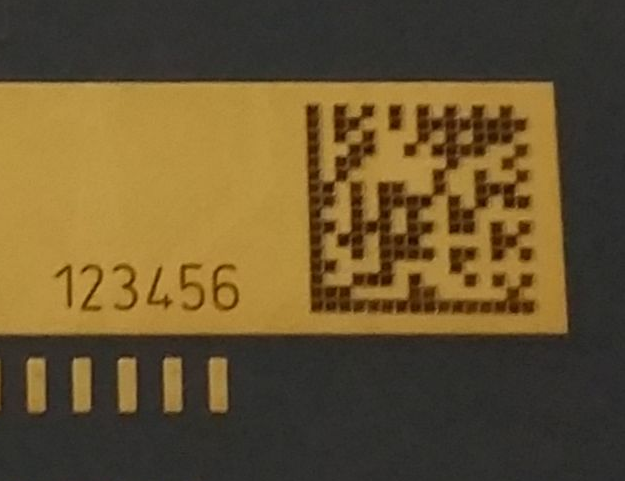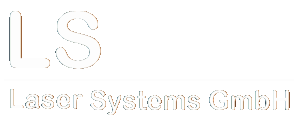Tickfilm Application
Thick-film hybrid technology is a mounting and connection technology used in the manufacture of electronic circuits.
Substrates made of aluminum oxide (Al₂O₃), LTCC (low-temperature co-fired ceramic), aluminum nitride ceramic (AlN), and FR4 PCBs are often used as carrier materials.
The conductor tracks and electrical resistors are applied to the substrate using a screen printing process. This is followed by a firing process
in which the layers are sintered with the ceramic. This step ensures that the layers are permanently bonded and their electrical properties are optimized.
Due to manufacturing tolerances, the resistors are finely tuned either by active (e.g., target values for current, frequency, or power) or passive trimming (e.g., target value resistance)
using a laser.
Laser trimming requires a great deal of experience and expertise, as the choice of the ideal laser source and optics, suitable cutting geometry, and
parameterization are crucial for a precise, reproducible, and long-term stable result.
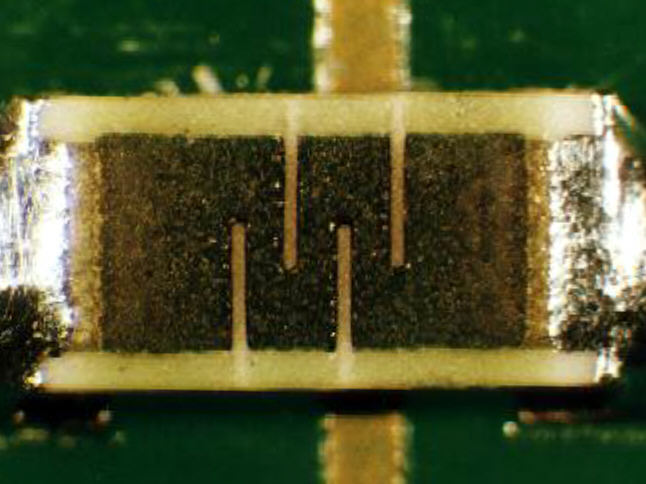
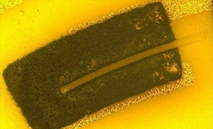
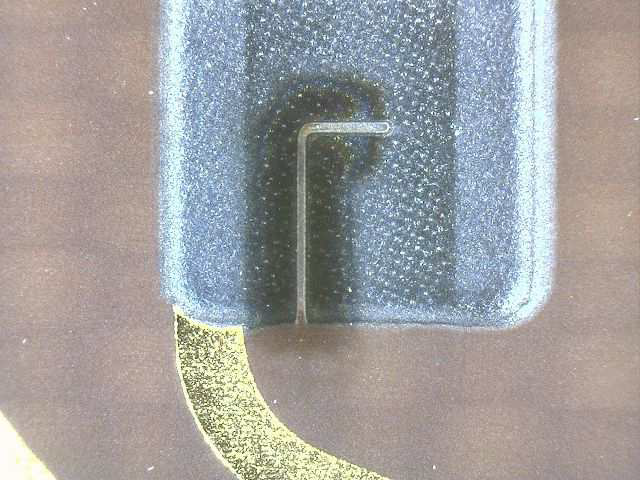
Thinfilm Application
In contrast to thick-film technology, the resistive material in the thin-film process is applied to the substrate by sputtering (vacuum coating).
This creates a uniform metal layer, usually an alloy of nickel and chromium (NiCr), with a thickness of approximately 0.1 µm.
Thanks to their homogeneity and low layer thickness, thin-film resistors can be tuned very precisely, with an accuracy of less than 0.05%.
Precise and fast hardware is essential for this, in order to ensure a process that guarantees both accuracy and throughput.
To avoid the complex photolithography process involved in structure generation, the circuit design can also be structured using a laser.
The standard LS-CAD program makes it easy to import layouts in DXF format into the system.
The integrated image processing automatically scales or rotates the structure to ensure precise alignment.

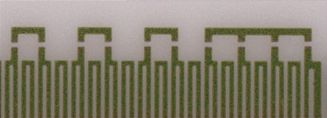
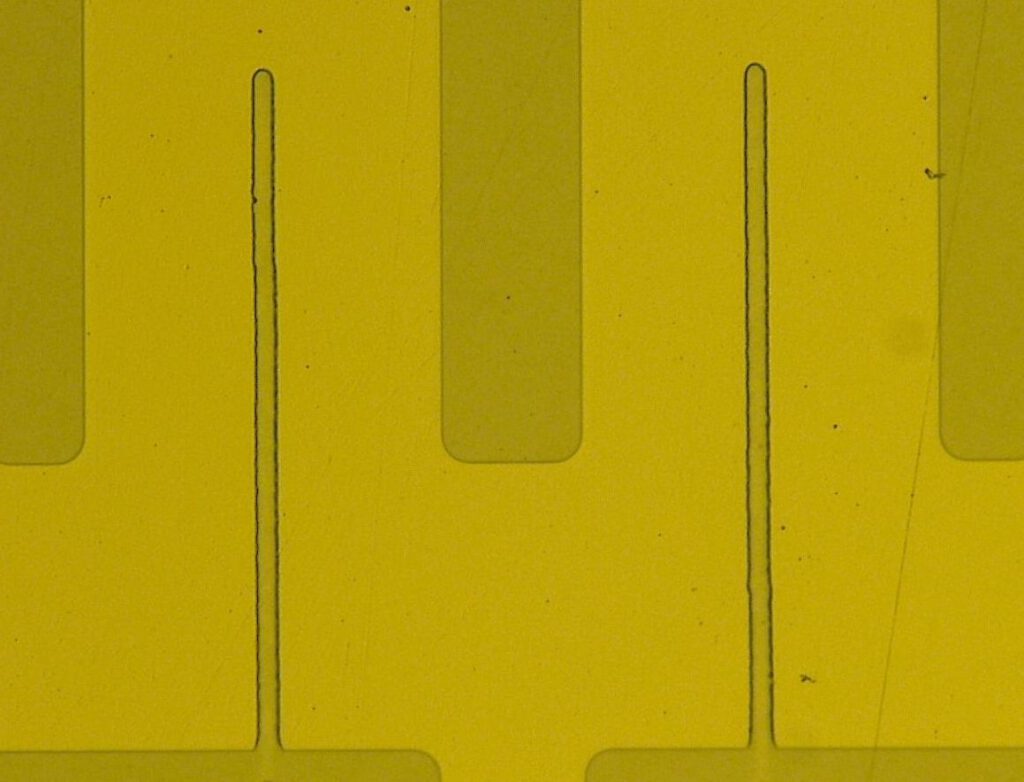
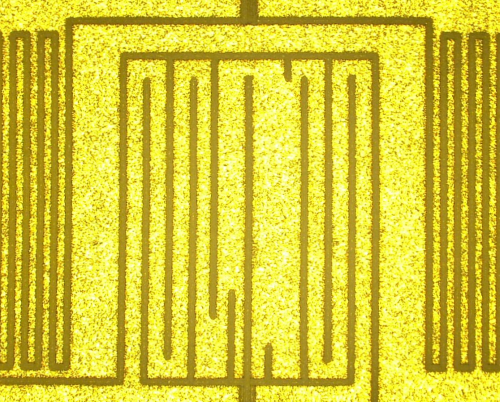
Marking
To ensure quality assurance, the traceability of each individual circuit is essential. The software from LS Laser Systems offers several functions for this purpose:
Not only can it apply plain text markings in various fonts, but it can also create barcodes such as Code 128, ITF, GS1 DataBar, Data Matrix ECC200, EAN 8/13, PDF417, QR code, and Micro QR.
In addition, the integrated image processing enables the reading and processing of 2D codes.
The data tracking during the trimming process can be stored and managed either in an ODBC database or as a text or CSV file.
